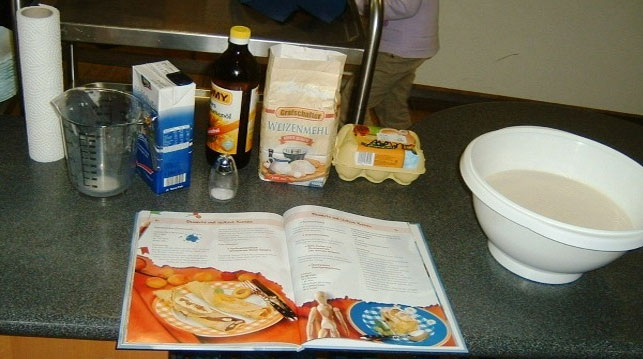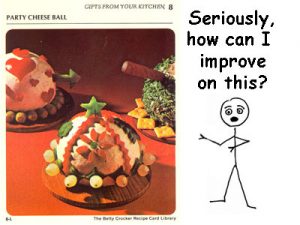
Before we get started, let me clarify that we’re not talking about the food. If you’re serious about promoting recipes, then you know you must test your recipes and photograph the end results so that they look tasty.
We’re talking about the recipe on the page, the step-by-step instructions for making the food, which requires being specific enough to reassure cooks they’re doing the right thing without distracting them with information they don’t need in the kitchen.
Learn the Lingo
Figure out your audience, most likely home cooks, and use the jargon they know. A nice green bean casserole recipe fit for a potluck shouldn’t refer to the main ingredient as haricots verts.
Moreover, in a recipe, verbs are usually quite specific. These synonyms for stir call for quite different techniques, so get them right:
• Mix
• Blend
• Fold in
• Whisk
• Beat
• Gradually add
• Whip
Get a free sample proofread and edit for your recipe book.
Two professional proofreaders will proofread and edit your recipe book.
Clearly Mark Different Parts
American cookbooks of the ’50s and ’60s, especially bestsellers such as Fannie Farmer, played around with mixing the ingredient list in with the instructions. Julia Child’s Mastering the Art of French Cooking uses a two-column system with the ingredients vertically aligned with their use in the instructions.
But today’s recipes (including the current Fannie Farmer) typically opt for clarity over cleverness. Ingredients are listed first in the general order of their use, and then the instructions follow.
If you decide to add options, comments about technique, recommendations for specific foods or tools, and the like, clearly mark them in an area separate from the basic instructions.
Don’t Chatter
Also for clarity, don’t get conversational in your instructions.
Bad: Whisk in the three eggs one at a time, being sure not to get eggshell in the mix. It’s a good idea to let the eggs rise to room temperature first.
Good: Whisk in the eggs one at a time.
(Your list of ingredients called for three eggs, people already know not to get eggshell in the food, and tips about food prep should go under “Tips.”)
Remember that a recipe is used while the cooking is ongoing. Cooks don’t want to read about the wonder of mushrooms while sweating the onions and chopping garlic; they want to know what comes next and when.
 Those of us old enough to remember life before the internet may recall when some companies made good money by ditching the cookbook in favor of 5” x 7” recipe cards. Home cooks loved the idea that instructions for a fancy-looking meal fit on a tidy little card. Keep that appeal in mind.
Those of us old enough to remember life before the internet may recall when some companies made good money by ditching the cookbook in favor of 5” x 7” recipe cards. Home cooks loved the idea that instructions for a fancy-looking meal fit on a tidy little card. Keep that appeal in mind.
Stay in Present Tense
Again, bearing in mind that the recipe is used during the action, use present tense, even when there is a series of actions to be completed.
Bad: Once you have added the butter and blended the mixture until smooth, then you will add the lemon juice and blend again.
Good: Add the butter and blend until smooth. Add the lemon juice and blend again.
Use the Subjunctive Only If You Must
The subjunctive case (e.g., I wish, as if, it may be) doesn’t belong in the instructions unless you’re referring to a choice, such as the following, that must be made at that point in the cooking:
• If the broth is too thick, add 1/2 cup water.
• If the tops are still not brown, cook an additional 5 minutes.
Other instances, such as substitutions for fancy ingredients, cooking for people with allergies, and fixing a mistake, go in clearly labeled spaces separate from the main instructions.
Julia H.
Get a free sample proofread and edit for your recipe book.
Two professional proofreaders will proofread and edit your recipe book.
Get a free sample proofread and edit for your document.
Two professional proofreaders will proofread and edit your document.
We will get your free sample back in three to six hours!